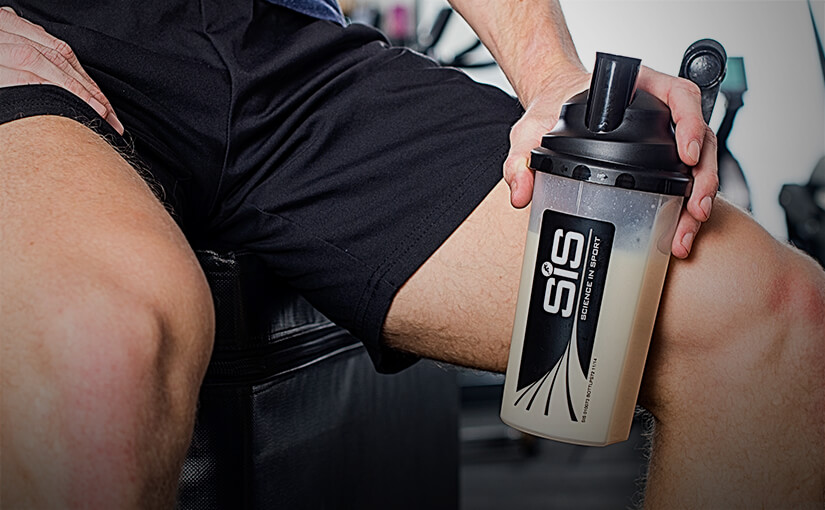Your body also loses key electrolytes like sodium, potassium, and magnesium, which are essential for muscle function and recovery. When you exercise, your muscles burn through glycogen, their primary energy source. Replenishing glycogen is crucial for ensuring you’re ready to perform in your next session. HIIT sessions involve intense bursts of activity followed by short rest periods, placing significant stress on your cardiovascular system and muscles. A study published in Sports Medicine – Open highlights the recovery period is when your body works its magic—repairing muscle tears, refueling energy, and flushing out junk like lactate.
How Long Does DOMS Last? The Truth About Muscle Soreness – and How to Speed Up Recovery
Rather than fixating on soreness as a measure of success, focus on sustainable fitness practices that prioritize proper technique, hydration, nutrition, and rest. By this point, you know how to begin to reduce muscle soreness by using an effective warmup before your session and minimizing it further during your workout. Now, we need to know what to do immediately after the session.
#2 – Master Your Sleep Schedule (Recover With Your Eyes Shut!)

An intense workout can deplete this valuable source of energy, and you won’t be able to train that muscle group again until those stores are replenished. Before recovery can start, these byproducts need to be flushed away with freshly oxygenated blood. This will happen naturally over time, but you can speed up the process by cooling down properly. If you’re more focused on physique, follow a traditional bodybuilding-style split where you’ll hit maximal intensity on leg day and potentially on your back or chest day. Give yourself a day off after those heavy workouts to ensure that you maximize your ability to recover. As we age, stress takes a bigger toll, and we don’t recover as fast as we once did.

Compression clothing speeds up recovery by reducing post-training inflammation, swelling, and fluid accumulation. It also increases tissue temperature and improves blood flow (5). Fascia can get “gummed up” and adhere to the underlying muscle tissue. This can reduce blood flow, inhibiting recovery, and also reducing your range of motion and even causing muscle pain.
Whether you’re looking for recovery solutions or fitness enhancements, our supplements are formulated with your wellness in mind. So, how can we ensure our bodies heal effectively after we’ve put them through the wringer? Patrick Dale, PT, ex-Marine, is a Training Editor with 30 years of experience in Personal Training and Strength & Conditioning. A former British Royal Marine, gym owner, and fitness qualifications assessor, he is dedicated to delivering informative, reliable content. In addition, Patrick is an experienced writer who has authored three fitness and exercise books, dozens of e-books, thousands of articles, and several fitness videos.
What that means regarding the quality of the workout depends mainly on what you is madmuscles worth it do next. If you eat and sleep well following such a workout, you’ll reap the benefits by supercompensating and growing muscle tissue. But if you drop the ball and go party instead of hitting the sack, you’ll render the workout useless. You can read my article about the health benefits of infrared saunas to learn more. If you’re interested in giving it a try, check out my Sunlighten mPulse review; it’s a full spectrum infrared sauna that my wife and I have been using to recover faster after CrossFit workouts. For next-level recovery, consider a personalized training approach tailored to your unique genetic strengths and weaknesses.
Recognize when it’s time to rest with intention and watch your long-term gains soar. Think of deload weeks as pressing the reset button on your training, giving muscles, joints, and your nervous system the chance to recover fully. Inflammation is a natural part of muscle repair, but too much can stall your recovery. For some athletes, genes like TNF and IL-6 may heighten inflammatory responses, making targeted nutrition a game-changer. In fact, high-responders of inflammation often benefit more from active recovery sessions.
Getting enough quality sleep is one of the best things you can do for your physical, emotional, and mental health and wellbeing. Ideally, you should eat in the first minutes after your workout, which is when your body will most effectively use the nutrients to fire up your muscle recovery. Too much sweat, though, and you’ll risk losing electrolytes such as chloride, magnesium, potassium, and sodium—all essential to optimal muscular functions.
Generally, light workouts may require 24 hours for recovery, while more intense sessions might take 48 to 72 hours. You probably chug some water, do a little stretching, and maybe inhale a snack. While these are helpful after a tough sweat session, your post-workout routine (and day-to-day life!) will truly benefit from a little more focus on proper recovery. A proper warmup before leg day helps ensure muscles, tendons, and joints of the lower body don’t incur unnecessary mechanical stress or strain that can lead to additional soreness. Prepared tissue is effective tissue, and as such, it can better tolerate mechanical stress than tissue that is not.
How can I improve my sleep for better recovery?
Your ideal frequency of rest days depends on factors like your fitness level and workout intensity. Still, a good general guideline is one to two rest days per week. A rest day is a great opportunity to do low-impact, low-intensity activities and focus on habits that support your overall well-being. As you continue on your fitness journey, it’s important to recognize that post-workout recovery is just as vital as the workouts themselves. Throughout this guide, we’ve explored the science behind muscle soreness, debunked common myths, and provided practical strategies for reducing discomfort and optimizing recovery. We’ve learned that while muscle soreness can be a natural consequence of challenging workouts, it’s not the sole indicator of progress or effectiveness.
{ |}
|}
Your easy days don’t have to mean lying on the couch (though that’s also allowed). But workouts like yoga or even cycling can also have a place on those easy days, Vasudevan says. If you notice your muscles feel sore when you start running again, though, then it’s probably time for a true day off. Scaling back might include taking more than one rest day between workouts.
- {
- This is a small advantage, but one that matters for athletic performance and daily training consistency.
- Back in the day, putting an old-fashioned heating pad on a sore area was considered a viable way to recover from a workout where you got a little carried away.
- Ease into each stretch position until you feel a comfortable stretch.
- Post-workout muscle aftercare is a process of reducing muscle soreness, as well as improving circulation and accelerating the healing process.
- They can promote blood circulation, allowing oxygen-rich blood to flow into the muscles.
- Think of foam rolling as a personal massage therapist at your fingertips.
|}
{
|}{
|}
{
Fitness
|}
{ |}
|}
His hips started locking up, stride got shorter, and his knees started barking. Ease into each stretch until you feel that gentle tug — like your muscle’s saying, “okay, that’s enough.” Hold it there. Or even after a good warm-up if you’re doing mobility work before a session. Cold muscles are stiff and stubborn — pulling on them without a warm-up is asking for a tweak or strain. And don’t worry—you don’t have to dunk your chest unless you’re into full-body masochism. Ice works by tightening up your blood vessels (vasoconstriction if you want the nerd term), which can calm down that swelling and cut the tissue breakdown a bit.
Sometimes your body needs a break from all activity, and that’s OK. After all, “Rest is the foundation of recovery, as it allows the body to fully repair and adapt to the stresses of training”, Silva says. This causes micro trauma and tiny tears within them that require healing, and is what causes DOMS. Put simply, DOMS is just your body adapting to a different type of physical demand. If you make some of these changes to your routine and still find you’re sore after every workout or the pain lasts for extended periods of time, consider speaking with a healthcare professional. When it comes to levelling up your recovery routine, some people love cryotherapy (cold exposure, like freezing cold) and contrast therapy (alternating between hot and cold temperatures in a single session).
